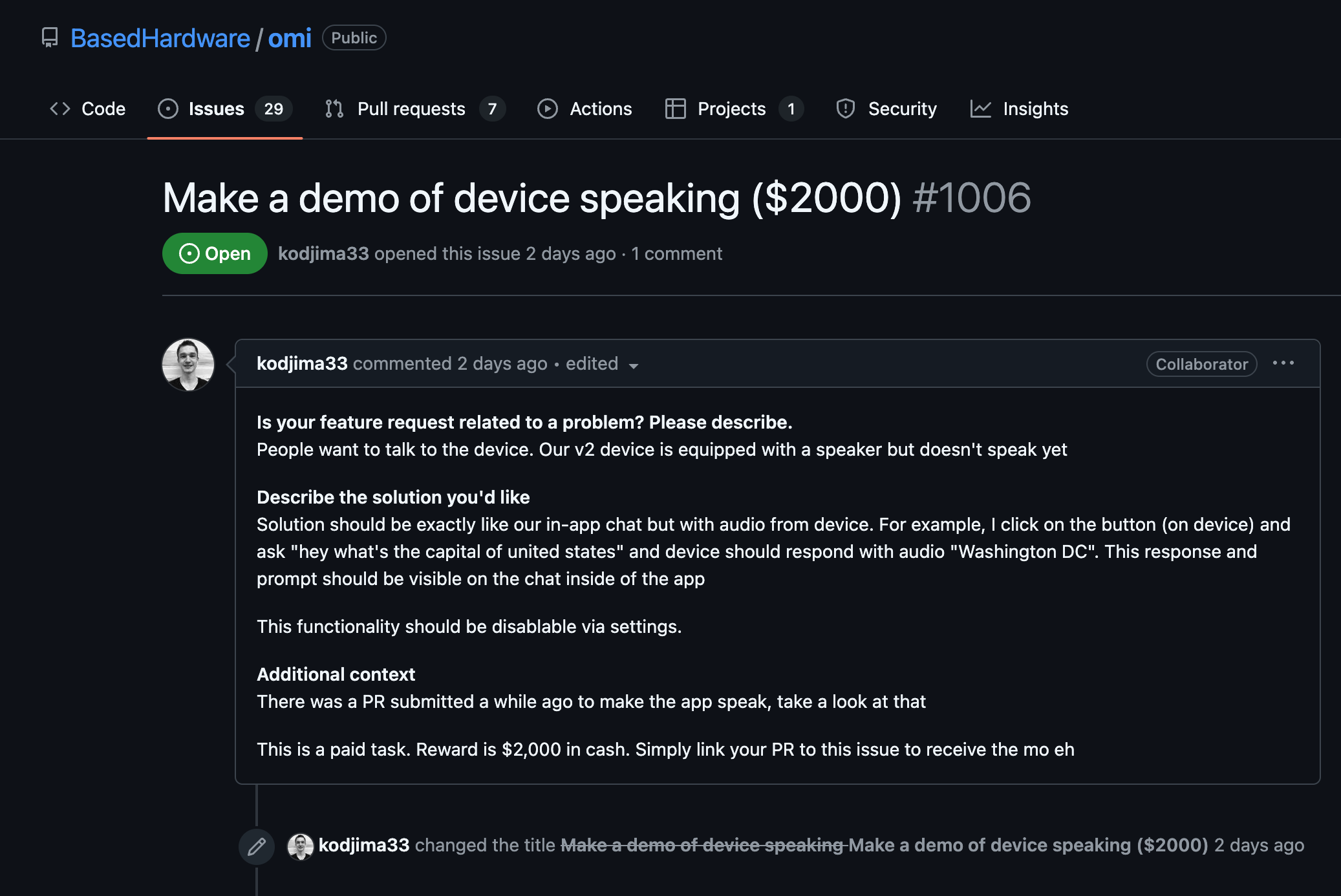Battery Management Overview
Battery management is a critical aspect of modern electronic and electric systems, focusing on the effective control and utilization of battery resources within devices. This field encompasses a range of technologies and methodologies aimed at ensuring the optimal use, longevity, safety, and monitoring of batteries. Effective battery management serves various purposes, including maximizing battery life, optimizing operational efficiency, monitoring performance in real-time, and maintaining safety standards.
- Safety Management: Ensures prevention of overcharging and undercharging, guarding against thermal runaway, which can lead to battery failures or hazards.
- Charge Control: Involves sophisticated algorithms and systems to control the rate of charge and discharge, ensuring the longevity of the battery by preventing premature aging or damage.
- Cell Balancing: Particularly important in multi-cell battery systems, ensuring each cell is charged equally and uniformly, preventing voltage imbalances that could degrade the battery.
- State of Health (SOH) Monitoring: Regularly assesses the condition of a battery, informing users or systems about its remaining life and effectiveness.
Fuel Gauging Overview
Fuel gauging, in terms of battery technology, refers to the process of estimating the remaining charge or runtime of a battery, a crucial metric for ensuring devices operate longer and more reliably. It involves both hardware and software components to provide an accurate measure of available power, akin to a fuel gauge in an automobile.
- State of Charge (SOC): Estimation techniques used to determine the current charge level of a battery. These include coulomb counting, open-circuit voltage measurements, and impedance tracking.
- Run-time Prediction: Utilizes historical usage data and current battery state to predict how much longer a device can operate before needing a recharge.
- Calibration and Learning Algorithms: Some advanced systems incorporate self-learning algorithms that improve accuracy over time by learning the specific discharge characteristics of a battery.
- Integration in Smart Systems: Many modern devices incorporate smart fuel gauges capable of communicating with other system components to optimize power management and performance overall.
Example Code Illustration
Fuel gauging often involves programming at the interface between hardware and software. Below is a simple example in Python, illustrating how you might simulate a basic SOC estimation based on voltage measurement:
def estimate_soc(voltage, full_charge_voltage, empty_voltage):
if voltage >= full_charge_voltage:
return 100
elif voltage <= empty_voltage:
return 0
else:
return ((voltage - empty_voltage) / (full_charge_voltage - empty_voltage)) * 100
# Example usage
voltage = 3.7
full_charge_voltage = 4.2
empty_voltage = 3.0
soc = estimate_soc(voltage, full_charge_voltage, empty_voltage)
print(f"Estimated State of Charge: {soc:.2f}%")
This code provides a basic function to estimate the SOC based on the linear relationship between voltage levels. While this is highly simplified, real-world implementations will involve more sophisticated algorithms that take multiple variables and non-linear relationships into account.
























